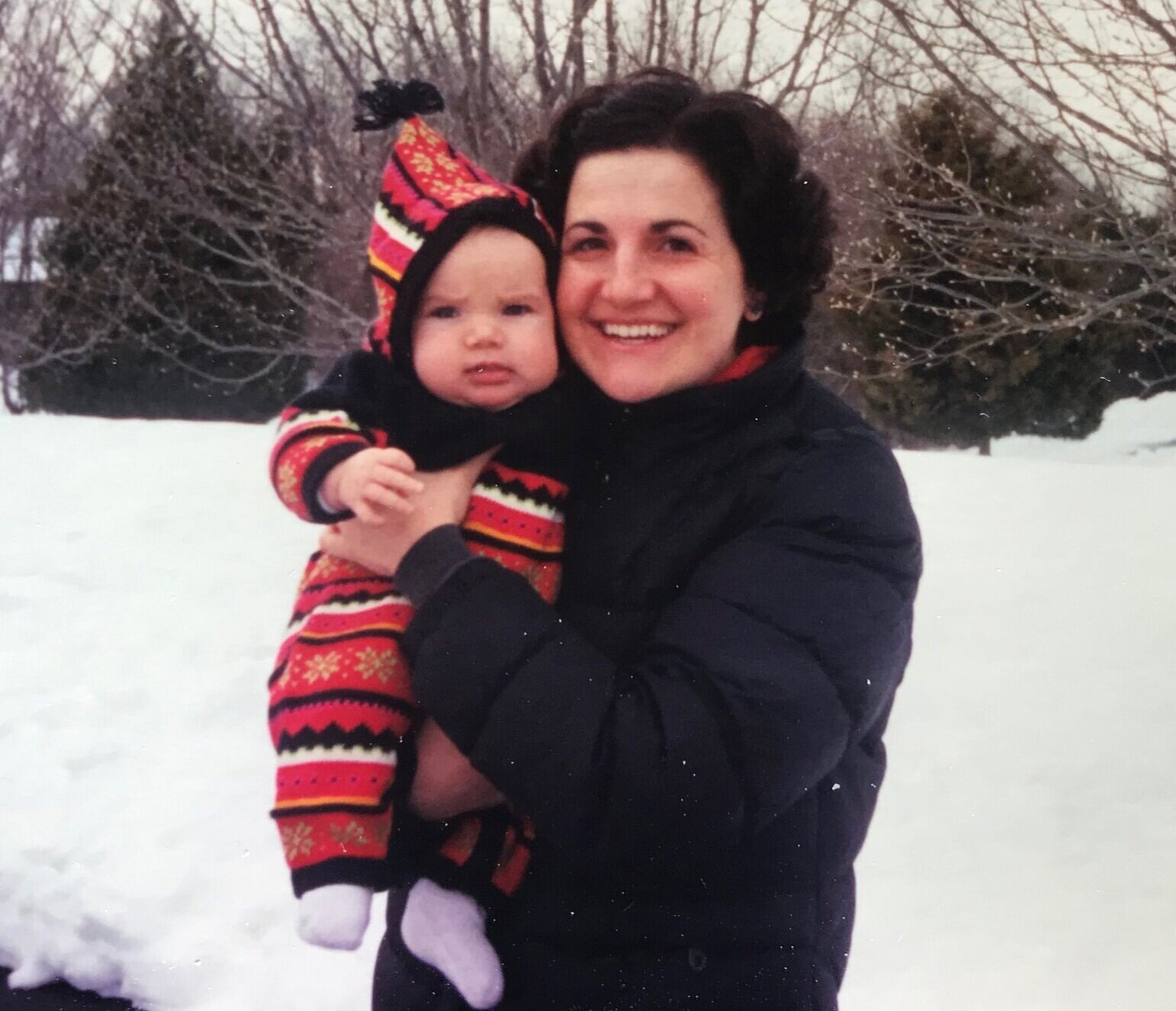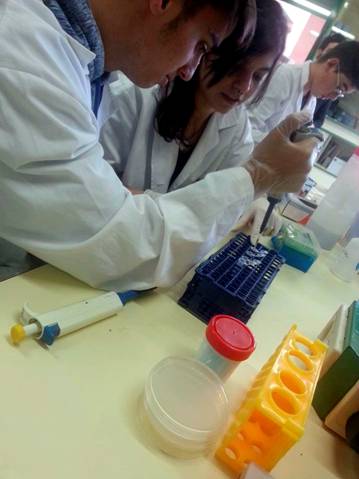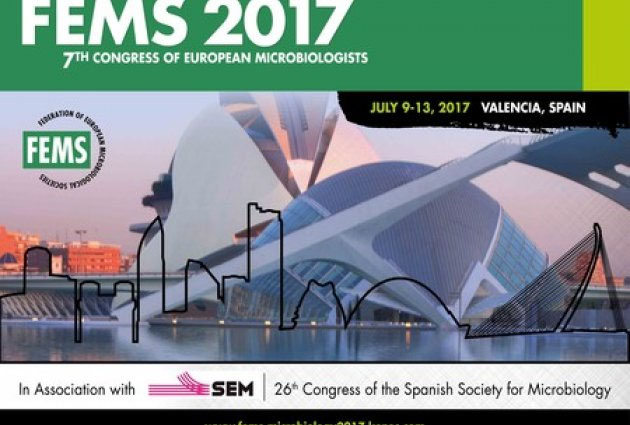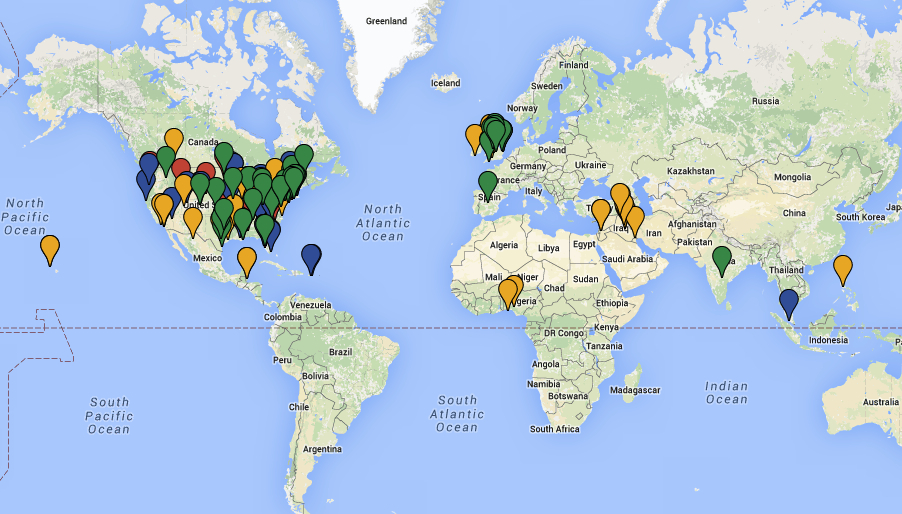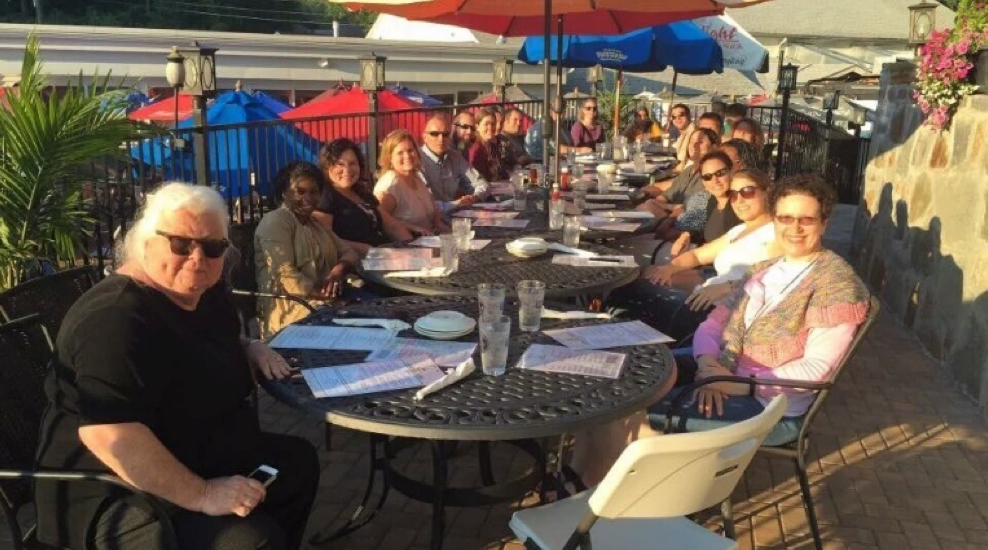Real Housewives of Dallas Star LeeAnne Locken Speaks Out to Save Lives
/“This disease almost killed me.”
by LeeAnne Locken
On the screen, Real Housewives of Dallas charity queen LeeAnne Locken is known for opening up about her past struggles, celebrating her triumphs, and being deeply committed to charity work. While she recently welcomed viewers into her wedding to longtime love Rich Emberlin, this week, she is bravely revisiting a terrifying medical journey with a bacterial infection that was eating her alive and could have taken her life during filming. We are incredibly grateful to share her story as her powerful voice helps shed light on the fundamental importance of antibiotics to save lives.
While filming in 2016, I contracted an infection during our cast trip to Mexico. I had recently undergone cosmetic surgery on my breasts, and I overworked my body. I don’t know if, in my weakened state, I contracted it from the ocean or the shower water. However, the night I arrived home from the trip, when I went to change my bandages, I could tell something was wrong.
I felt completely defeated and scared…I even witnessed the disease eat through a surgical stitch in a matter of hours.
I took pictures and sent them to my surgeon. He immediately wanted to see me in his office at 7am the next morning. Once he examined me, he started cleaning my surgical area right away and had me take oral antibiotics. He also applied topical antibiotics to the infected area. He sent out a sample to get cultured and find out what I had. When he called me back two days later, he told me the diagnosis. It was necrotizing fasciitis, a flesh-eating bacteria!
I felt completely defeated and scared. I was angry that I had not taken better care of myself in Mexico, and I worried that if I checked into a hospital, news of my disease would leak out. I was worried that would upset Bravo. I just kept thinking, “I don’t have time for this,” when I should have been more concerned with my actual health.
The battle to get better was EXHAUSTING! I was completely void of energy, and the smallest task, like walking to the bathroom, would do me in. I had to shower twice a day, each time using a fresh clean towel to dry off. That was to make sure I wasn’t re-infecting myself. After I dried off, I had to use a magnifying mirror on the counter, which I leaned against because I was so weak. Using a sterile Q-tip, I applied a topical antibiotic to the clean wounds. I could see holes in my tissue, and I could actually stick the entire head of the Q-tip into some of the holes. I even witnessed the disease eat through a surgical stitch in a matter of hours. This was utterly terrifying, and I was scared that I wouldn’t get better. What if the fast-spreading disease could not be killed in time to save my breasts?
I just kept thinking, “I don’t have time for this,” when I should have been more concerned with my actual health.
But all I did was sleep. I slept 14 hours a day if not more in the beginning. Only waking up to eat, shower, and change my bandages. Sadly, I was so sick during the holiday season that Rich had to order Chinese food on Christmas Day. We only had three weeks off, and by the time production was back up filming, I was still so weak that I asked to have a Myers’ Cocktail delivered to me by a nurse. An intravenous formula of vitamins and minerals, this cocktail has to be administered via a drip bag into a vein. The sweet nurse was shocked that the first four veins she tried collapsed when she attempted to start the drip. She finally found a smaller vein deeper in my skin that was still strong enough to accept the fluids. My body took three bags, and it barely gave me the strength to attend an all-cast party that night.
I slowly rehydrated my body over the next few weeks until I got my strength back. However, it took a full three months to actually stop the bacteria from eating my skin and at least six months for most of my organs to get back to normal working condition. After I was completely healed, I required another surgery to make sure my implants weren’t falling due the bacteria eating all of the stitches. I still need to have one more cosmetic surgery, but I have honestly just been too afraid to go through it again.
I wish I had been better informed, and I want to share what I learned from this experience to spread the word of caution to everyone:
Antibiotics save lives! If there had not been comprehensive antibiotics to treat my infection, I would have died. It is important that we have a strong arsenal of antibiotics to treat infections.
Don’t have surgery and travel! If you undergo surgery, make sure you ask your doctor how to reduce your risk of infection. Get informed of all the bad things that can happen so you can stay aware of what is happening to your body. I can tell you, I will never have surgery on camera again!
Seek appropriate medical help! I wish that I had gone to the hospital. Everyone I know who has survived this disease has been hospitalized for a minimum of three months. I believe I would have recovered sooner if I had just gone to the hospital.
I admire organizations that use their knowledge to help and protect others! Finding new antibiotics is a huge advantage for our population. The Small World Initiative is encouraging and inspiring the next generation of scientists to hunt for new solutions. Without new antibiotics, our population will suffer. I thank the Small World Initiative for looking out for an uninformed population, and I encourage you to support their work and do something about this pressing public health crisis!
This story is part of our series: Superbugs – Real People, Real Stories.
About Superbugs – Real People, Real Stories: This series is part of the Small World Initiative's public health campaign to raise the alarm about the severity of the growing global antibiotic crisis and share what people can do to protect themselves and their loved ones from antibiotic-resistant infections (commonly referred to as “superbugs”). The series shares the powerful stories of real people who understand the true consequences of antibiotic resistance and want you to learn before it is too late. Recounting journeys filled with enormous fear, heartbreaking loss, and extraordinary triumph, we hope these stories engender a strong sense of urgency and compel readers to act.
If you have a story to share, please email info@smallworldinitiative.org.
























